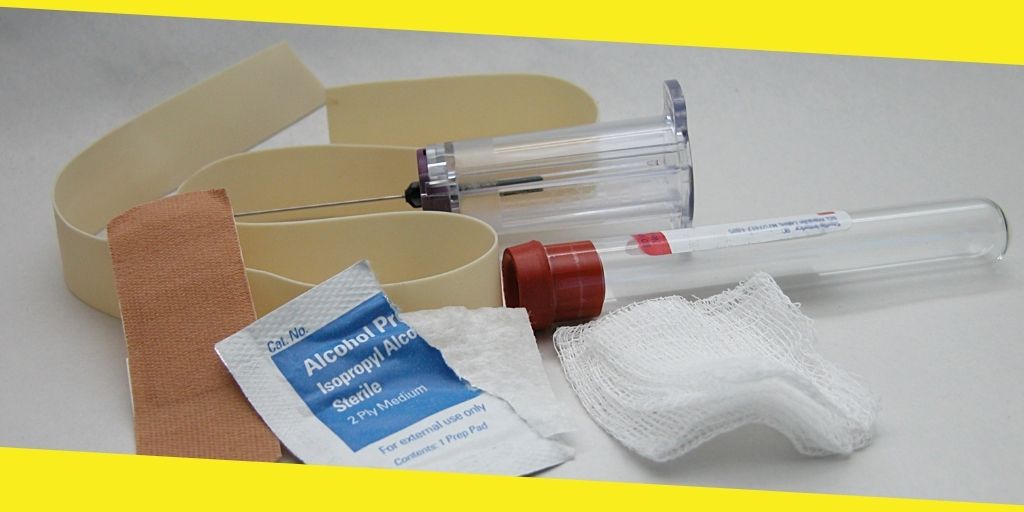Contamination Reduction Through Blood Culture Kits
This post was last updated on September 21st, 2021

Health is not only perturbed with physical or mental well-being but also encompasses the performance of internal functions. Considering the same, one can’t help but pass through the word “blood”. What happens when blood gets contaminated by germs ensuing in infections? That is where Blood Culture comes into existence. In such times blood culture kits come handy.
Contents
ToggleBLOOD CULTURE: CONCEPT
Uncontaminated blood is free with foreign bacteria and other microorganisms, which can infect the blood flow circulation and lead to positive blood culture, which is the presence of bacteria in the blood. This can affect one’s immune system and lead to body malfunctions.
BLOOD CULTURE TEST
Blood culture is delineated by certain perceptible symptoms such as rapid breathing, dizziness, a drop in BP, blood clotting, etc. As and when one surmises these symptoms, a blood culture test is done to suspect the infection in the blood, which helps to adjudicate to which organism or bacteria has engendered the infection and how to fight in defiance of it.
CONTENTS OF A BLOOD CULTURE KIT
To detect a positive report of blood culture, blood culture kits are used, which contains:
- Blood culture bottle set
- Bottle adapter
- 2 Alcohol pads
- Dressings
- Safety collection set
- Tourniquet
- Antiseptic skin prep
- Drape or paper towel
- Transport bag
- Gauze
- Tape
HOW DO BLOOD CULTURE KITS WORK?
There are certain procedural stages of using blood culture kits which are explained below:
- A person with fever, high pulse or respiratory rate, hypothermia, or any other form of sepsis is selected as a patient.
- Selection of the body site is done wherein the forearm is preferred to other sites of the body.
- Bottles, syringes, gloves, drapes, needles, skin disinfectants are assembled away from the patient’s bedside.
- With washed and gloved hands, iodophor is applied at the site after vein palpation and is allowed to dry for maximizing disinfectant effect.
- Bottles are labeled with details of patient, lid cover is removed, and rubber cap is disinfected while disinfectant is allowed to dry.
- Venesection is done, and 20 ml per pair of bottles is used while prioritizing blood culture samples.
- Blood Inoculation with 8-10 ml per high fill bottle is dispensed. Any volume less than 3 and more than 12 are avoided with passive fill under vacuum. It takes into account the following points:
Ø Favourable preference to anaerobic over aerobic
Ø Diminishing yield with 2nd and further sets
- Identification of the bottle with the patient is done; indication for investigation is stated with prior noted antibiotics to a laboratory.
- Bottles are dispatched with the starting of incubation; delayed entry is avoided.
- Antibiotic therapy is started after giving 1st dose and culture collection.
- Results are calculated, which may take 12-24 hours from inoculation. These are looked into while identifying the issue with an eye on antibiotic susceptibilities.
A positive report states the presence of bacteria or other microorganisms, while a negative report states the opposite; take utmost care after that.
Here you can check about SAM (https://www.sammedical.com/products/sam-xt-tourniquet) which built a world-class bioscience and technology hub located just outside of Portland, provide access to best-in-class talent and resources.
CONCLUSION
With an average price of blood culture kits ranging from $10 to $41, why risk a bacterial threat when you can kick it up with such a medical advantage? Eliminate the slightest possibility of blood contamination and lead a healthy and happy life.
Amit Maji
I am Amit, an SEO consultant and blogger outreach specialist from a Freelancer seowebgarden.com.




